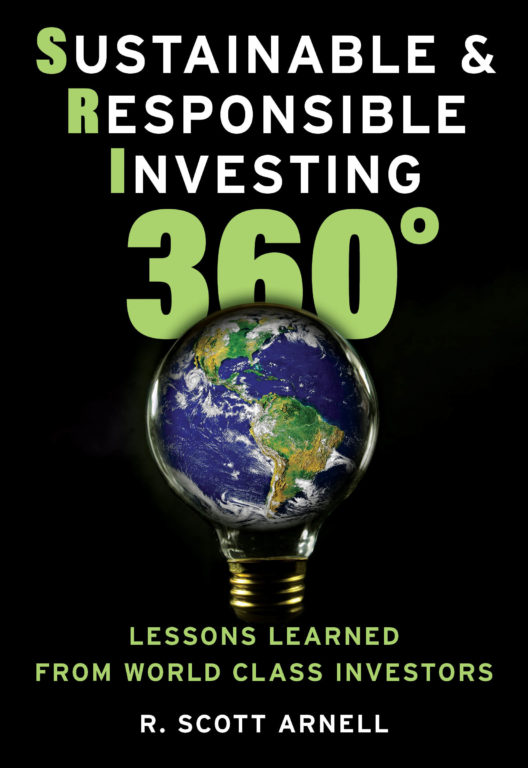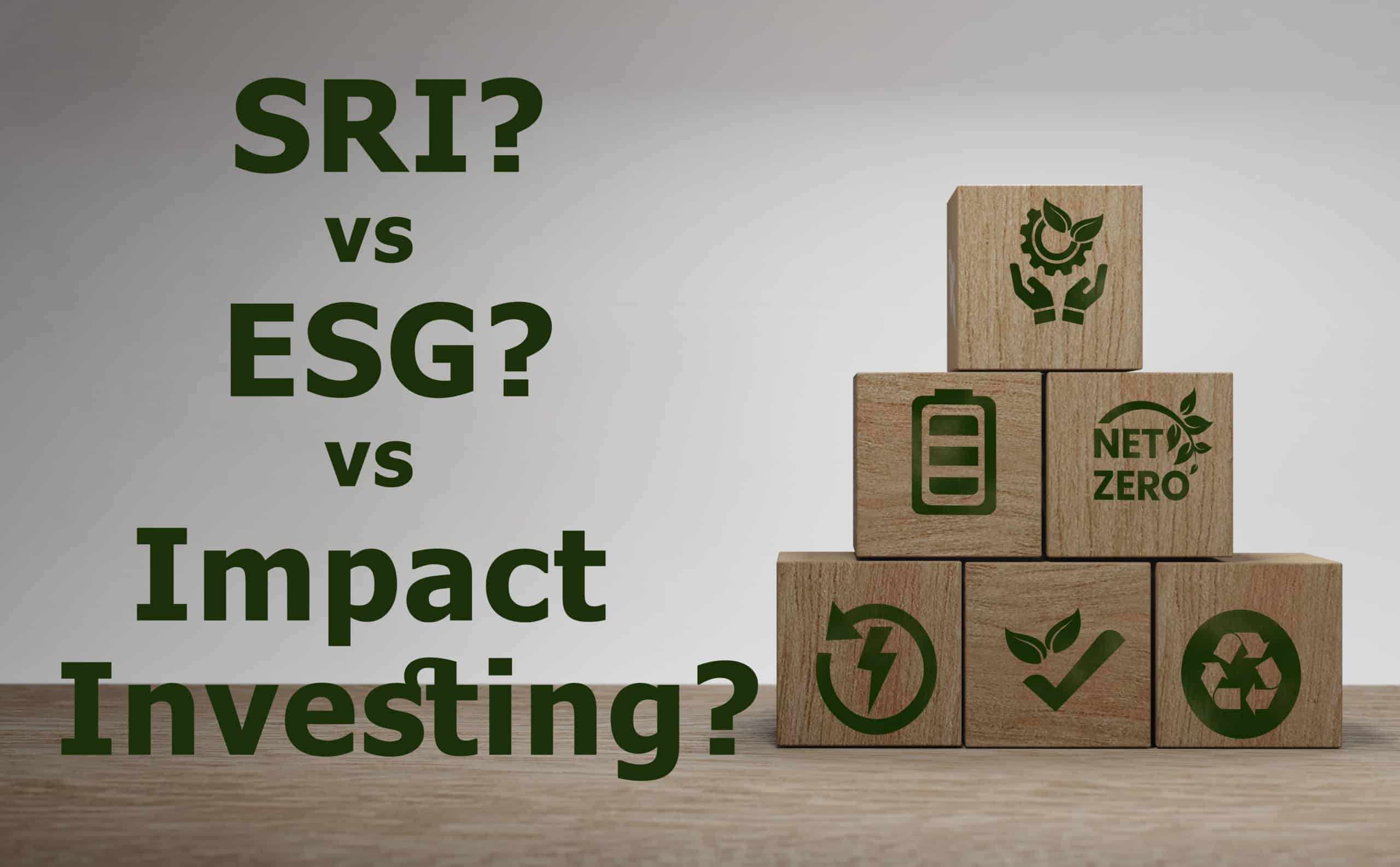
Whether you’re an individual investor or someone who manages funds at a large firm professionally, you’ve likely heard about sustainable and responsible investing (SRI).
In a matter of years, SRI has evolved rapidly and gained acceptance in the mainstream. There’s an emerging class of investors looking at companies or fund families that emphasize safety, transparency, fairness and value by considering environmental, social and governance (ESG) issues or by measuring the impact of an investment on the U.N.’s Sustainable Development Goals. This new breed of investor is looking, almost exclusively, for SRI and ESG investments across a variety of asset classes.
It’s a huge movement that’s shaking up the traditionally conservative financial world. In fact, Bloomberg Intelligence recently reported that assets that consider ESG issues are set to climb from $35 trillion to $50 trillion by 2025—a third of global assets under management.
The process is no longer simply weeding out companies with weak ESG track records—the so-called negative-screening method. More and more, ESG is becoming part of the standard risk analysis and evaluation conducted by asset managers in all asset classes.
How has this happened? It comes down to the basic principle of supply and demand. We are about to witness the largest transfer of wealth in history as the baby boomer generation of investors passes their wealth to the millennials who will very soon become the largest investor class.
In an article published last year on aging and longevity, the World Economic Forum stated that millennials represent some 76 million people in North America and 148 million in Europe. An EY study on work-life challenges across generations estimated they will make up 75% of the global workforce by 2025.
The millennials have turned the traditional model for philanthropic giving on its head. Gone are the days that you made your money first, and then doled out funds to a cause with which you may or may not feel affiliated, and mostly for the write-off and positive press back then.
This mostly highly educated and culturally diverse group has an investment ethos in which they feel comfortable making money only if, in doing so, some greater social or environmental good aligned with their values is achieved as well. This is what’s created unprecedented demand for SRI investments.
This new millennial demand might be easier to dismiss if it weren’t for the notable positive returns that SRI is providing. Even the diehard financial traditionalists can’t deny a new reality: Bloomberg recently reported that in three broad categories—Europe-focused, U.S.-focused and global—ESG equity funds have held up better last year with the broad market sell-off, on average, than their non-ESG counterparts.
In addition to the demand created by this new breed of investors, SRIs have benefited from their appeal to global regulatory bodies, who always keep transparency and liability in their sights. The global push to achieve net-zero carbon emissions by 2050 creates an even greater incentive to curate financial portfolios that support this mission.
The difficulties the Biden administration experienced to narrowly pass the Build Back Better climate bill in the Senate suggests that SRI faces many hurdles moving forward. Nevertheless, there’s really no question that the circular economy and sustainability are new frontiers for investors and those who cling to fossil fuels and climate abuse do so at great risk.
In my interviews with over 25 of some of the world’s biggest personalities in the SRI space for my recent book, one challenge that the sector faces was repeatedly mentioned: the issue of greenwashing. With sustainability trending right now, there are plenty of investors adding SRI buzzwords to their presentations to look green.
A lack of standardized terminology and key performance indicators (KPIs) within the sector makes it difficult, for both investors and companies, to develop comparable SRI strategies. The market is still that nascent and we’re on the front end of the runway.
Efforts are underway to provide data and tools that will make greenwashing attempts more readily apparent. One example is the establishment of a mandatory corporate sustainability reporting framework that is currently being developed by the International Sustainable Standards Board—an institution created by the IFRS Foundation.
Corporations worldwide are attempting to align their ESG strategies with the net-zero commitments of their governments: Approximately 60% of the S&P 500 have set emission reduction targets and about two-thirds of the FTSE 100 corporates have committed to net-zero by 2050. Nevertheless, executives everywhere complain that the internal alignment, metrics, capabilities, culture and governance that are required to meet these sustainability targets are not in place, according to a recent L.E.K. Consulting survey.
Here are some things that business leaders could focus on to prepare for the future:
- They can consider developing corporate sustainability goals and a strategy to achieve these goals.
- Creating an ESG culture within their company, developing ESG skills and a common language at all levels could also help.
- Implementing ESG reporting and tracking will provide you with the data needed to make these changes. This requires familiarization with the relevant reporting standards, compiling a set of ESG KPIs relevant to your industry and setting interim targets. What gets measured gets managed.
- Finally, linking performance bonuses to the achievement of the established ESG KPI targets.
The implementation of sustainability and ESG practices into the investment process is rapidly evolving, but the writing is clear on the wall. People no longer see investing and solving social problems as mutually exclusive. They want to invest their money where it actively benefits social and environmental concerns while also achieving competitive market rate returns—a kind of social capitalism.
It’s a huge paradigm shift, for sure, but one that appears to be here to stay.
This article originally appeared on Forbes.com








